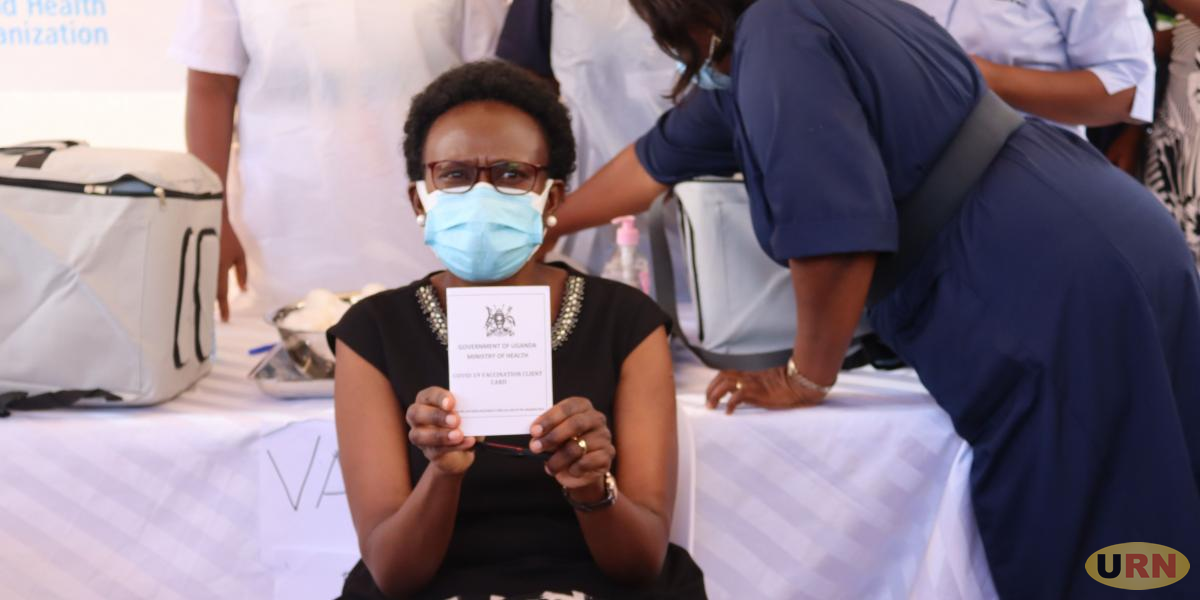Despite being the most ill-planned exercise executed by the Uganda National Expanded Programme on Immunization (UNEPI), the ongoing COVID-19 vaccination is the most expensive campaign carried out in the last ten years, according to officials.
In the past four years, Uganda has carried out at least two mass vaccination campaigns including the Measles/Rubella and Polio mass vaccination in 2018. Currently, Uganda is carrying out the COVID-19 campaign alongside the polio campaign.
The 2018 MR/Polio mass vaccination targeted over 22 million children aged six months to 15 years of age. Records from the health ministry show that the 2018 MR campaign that lasted five days cost Shillings 40.6 billion (USD 10.9million. The ongoing mass polio vaccination is estimated to cost Shillings 25bn.
The COVID-19 vaccination plan that began in March this year and is expected to run into next year has cost the country 21 times more than the two campaigns combined. The first phase of the vaccination targeting health workers, teachers, security personnel, the elderly, and persons above the age of 50 was budgeted to cost Shillings 1.3 trillion.
The second phase that is still ongoing and targets communities reporting high infections is budgeted to cost Shillings 46 billion. Around Shillings, 120 billion of this money went towards the procurement of the Johnson & Johnson and Sinopharm vaccines.
The rest of the money was used to pay the allowances of health workers, transport the vaccines, and fund community engagements. Dr Immaculate Ampaire, the deputy program manager of UNEPI attributes the high costs for the COVID-19 vaccination campaign to the irregular supply of doses, which has affected proper planning.
Dr Alfred Driwale, the UNEPI program manager attributes this to the demographics of the target audience. “We have had successes in our past campaigns because we targeted children. Parents are more willing to protect their children by taking them for immunization than themselves. The COVID vaccines target adults and so many adults have never heard about shots for this age group. It’s a foreign concept for them,” he said.
Ampaire says due to the irregular supplies of vaccines and limited financing, key events like stakeholder meetings to educate people about the vaccine were skipped, which has affected the campaign greatly.
To reduce the amount of money spent on COVID-19, starting next year, the UN health agency has recommended a number of measures donating countries are expected to follow.
It recommends that countries share doses in large quantities and predictable manner to reduce transaction costs, donated doses should have a shelf life of a minimum of 10 weeks and recipient countries should be made aware of the availability of donated doses at least four weeks before tentative arrival.
In addition to this, the donated doses should be accompanied by all essential ancillaries like syringes and diluents to enable rapid allocation and absorption of the vaccines.



